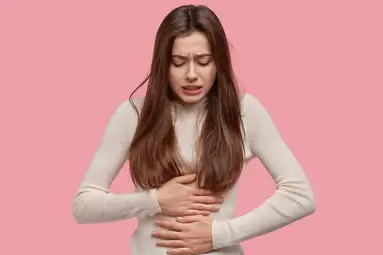Acid Reflux: symptoms and treatments

Acid Reflux: symptoms and treatments
Posted on 23rd Sep, 2022
Acid reflux is the backward flow of stomach acid into the esophagus. At the entrance of the stomach is a valve, which is a ring of muscle called the lower esophageal sphincter (LES). When the food passes through the esophagus, LES closed normally. If due for any reason, LES doesn’t close all the way or if it opens too often, the acid that is produced by the stomach can move up into the esophagus. It causes symptoms like heartburn, which is a burning sensation in the chest. When acid reflux happens more than twice a week, it results in an acid reflux disorder called GERD or gastroesophageal reflux disease.
Symptoms of Acid Reflux Disease
Acid reflux leads to many symptoms, here are the most common ones:
- Heartburn ( a burning pain that moves from stomach to abdomen or chest or even throat )
- Regurgitation ( when a bitter or sour tasting acid backs up into the mouth or throat )
- Bloating
- Bloody or black stools
- Bloody vomiting
- Burping
- Dysphagia
- Hiccups
- Nausea
- Weight loss ( without any reason )
- Wheezing, dry cough, hoarse voice,
- Chronic sore throat
Treatments
Lifestyle changes
To relieve symptoms of acid reflux disease, certain lifestyle changes can be made, like:
- Losing weight if you are overweight and maintaining a healthy weight
- If you smoke, quit smoking
- Avoid big or heavy meals in the evening
- Not lying down immediately after eating, waiting a few hours after eating
- Elevation of the head while sleeping
Medication or surgery
For most cases, lifestyle changes and medications are enough to prevent and relieve the symptoms of GERD, sometimes surgery is needed. Talk to your doctor about what medications you can take. A doctor will conduct physical exams or order tests to investigate the extent of your disease and offer a treatment plan according to that.

Health articles from our experts
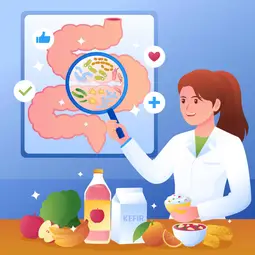
A Comprehensive Guide On How To Improve Gut Health
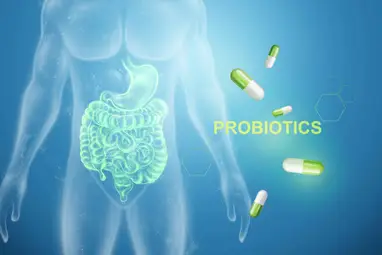
The Power of Probiotics: Nurturing Gut Health for Overall Wellbeing
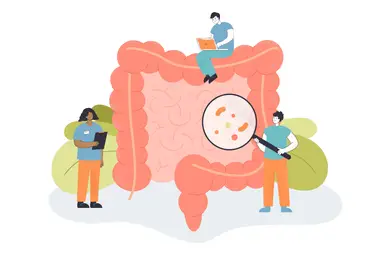
Digestive Disorders Demystified: Exploring Common Gut Health Issues
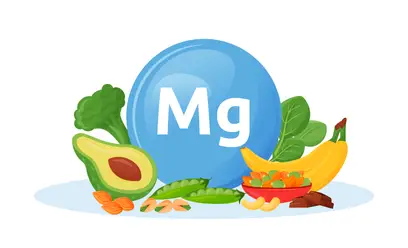
Magnesium for constipation

Simple lifestyle habits to maintain your gut health

Common Indian foods for constipation relief

7 Foods that are great for your liver

Common Indian foods for relief from constipation

Bloating: Causes and treatment
